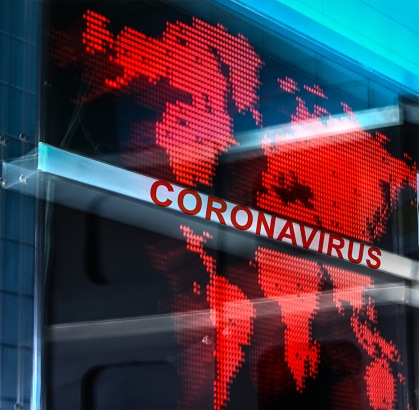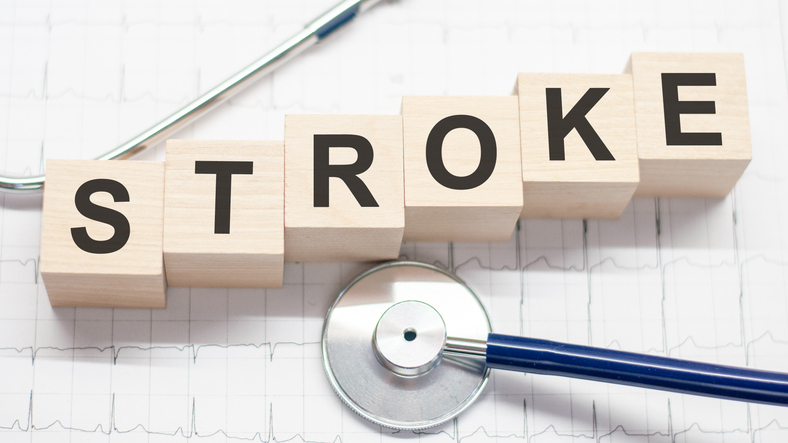
A new state-of-the-art paper in published in the Journal of the American College of Cardiology highlights many of the considerations of treating patients with the COVID-19/coronavirus who also have underlying cardiovascular disease (CVD).
The paper, drawing upon cardiovascular data from COVID-19 research around the world (in flux as it is), contains important information for cardiovascular caregivers, for patients, and also for hospitals and health systems that are either currently dealing with or may soon be dealing with the logistical and procedural fallout of the coronavirus.
Our just accepted article now online in JACC about the cardiovascular manifestations and implications of COVID-19. https://t.co/8RakGsZNeJ#COVID19 #COVID2019 #coronavirus #CoronaVirusUpdate #CoronaVirusUpdates pic.twitter.com/jrF9bNVG6E
— Gregg W. Stone MD (@GreggWStone) March 19, 2020
“Based on currently observed disease patterns, cardiovascular specialists will be actively engaged in the care of patients with COVID-19,” the authors wrote. “The infection may directly impact cardiovascular disease. Preexisting cardiovascular disease may predispose to COVID-19 infection. Those with CVD who are infected by the virus have an elevated risk of adverse outcomes, and infection, itself, is associated with cardiovascular complications.”
The authors did note that a lack of surveillance and standardized data collection, potential sampling bias in sicker patients may hinder the ability to have truly accurate estimates of the prevalence of CVD in patients with COVID-19, but also pointed out that a number of studies suggest an association between preexisting CVD and severe COVID-19. Age is another strong risk factor that is important for both CVD and COVID-19, they reported.
“Prevalent CVD may be a marker of accelerated immunologic aging/dysregulation and relate indirectly to COVID-19 prognosis,” they wrote. “An increased frequency of adverse CVD events post-COVID-19 infection may trigger pathways unique to this pathogen which contribute to outcomes in CVD patients.”
Some of the other conditions the authors said patients with CVD could potentially develop as a result of a COVID-19 infection (even though some of the data are based on previous later studies of SARS-CoV2 infection and not COVID-19, although the viruses have similar symptoms). Some of these include myocardial injury, myocarditis and acute coronary syndromes, cardiovascular arrhythmias and cardiac arrest, cardiomyopathy and heart failure, cardiogenic/mixed shock, and venous thromboembolic disease. It is important to note that COVID-19 has not been shown to cause these cardiovascular problems, but that the symptoms and disease progression of COVID-19 may overlap with other problems that are ongoing with underlying CVD or other conditions.
Another important task for the health care centers treating a patient with COVID-19 is the triaging of cardiovascular patients and their visits. Telemedicine features prominently, as it allows for patient triaging while minimizing exposure to health care providers and other patients, as well as providing access to specialists that may otherwise be difficult to reach in person.
“The COVID-19 pandemic has affected hundreds of thousands of patients and poses a major health threat on an international scale,” the authors cautioned. “The cardiovascular community will pay a key role in the management and treatment of patients affected by this disease, and in addition providing continuity of care to non-infected patients with underlying CVD. […] Efficient use of resources, including leveraging of the telehealth capabilities, and optimal adherence to preventive population-wide provider-level measures will enable the transition from this critical period until the disease outbreak is contained.”
What we know about the cardiovascular implications of COVID-19 for patients, practitioners and health systems. Need to generate knowledge faster and better @MVMadhavanMD @sahilparikhmd @hmkyale @GreggWStone @ajaykirtane @DrJennHaythe @JoshuaBeckmanMD https://t.co/lbk5gz0bUR
— Behnood Bikdeli (@bbikdeli) March 19, 2020
Tremendous multi-center collaborative effort by a very dedicated group of colleagues and mentors. This is the beginning of our understanding of this disease. #COVID19 @EDriggin @DrJennHaythe @MVMadhavanMD @ajaykirtane @GreggWStone @bbikdeli @JoshuaBeckmanMD @hmkyale https://t.co/RvHVkVt9o4
— Sahil A. Parikh, MD (@sahilparikhmd) March 19, 2020







 © 2025 Mashup Media, LLC, a Formedics Property. All Rights Reserved.
© 2025 Mashup Media, LLC, a Formedics Property. All Rights Reserved.